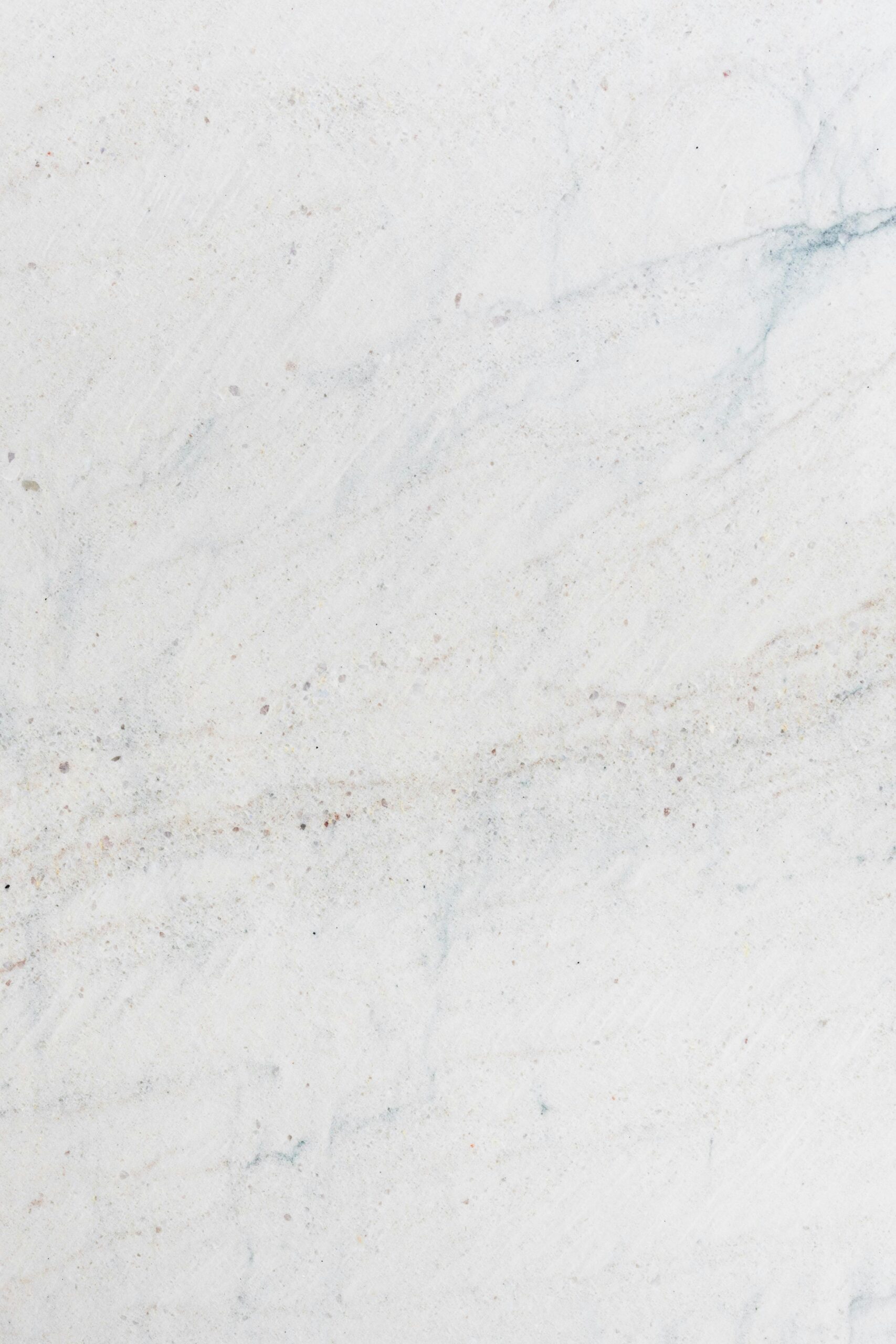What Is the Skin Barrier—Really?
The skin barrier refers to the stratum corneum, the outermost layer of the epidermis. It acts like a brick-and-mortar wall, where the “bricks” are corneocytes (dead skin cells), and the “mortar” is a mix of lipids like ceramides, cholesterol, and fatty acids. Its job? Keep water in, keep irritants and pathogens out.

“Damaged Skin Barrier”: Real Condition or Buzzword?
While “damaged barrier” is often tossed around online, it is a physiologically measurable state, not just a trendy label. Dermatologists can assess barrier function via transepidermal water loss (TEWL)—a marker for how much moisture is escaping from the skin.
A damaged skin barrier is associated with:
- Elevated TEWL
- Increased skin sensitivity
- Lowered lipid content
- Higher risk of dermatitis and infections
Common Causes of a Damaged Barrier
Your skin barrier can break down from:
- Over-exfoliation (physical scrubs or strong AHAs/BHAs)
- Irritating actives like high-percentage retinoids or acids
- Sunburn or thermal injury
- Harsh cleansing, hot water, or frequent washing
- Environmental stressors (wind, dry air)
- Medical conditions (eczema, psoriasis, rosacea)
How Do You Know If You Have a Damaged Barrier?
Warning signs include:
- Burning or stinging with products that never stung before
- Dry patches or flaking
- Increased oiliness (your skin overcompensating)
- Redness, tightness, or irritation
- Sudden breakouts or sensitivity
But beware: these symptoms can also overlap with allergic reactions, fungal acne, seborrheic dermatitis, or contact dermatitis. That’s why you should consult a dermatologist before self-diagnosing.
Why “Just Moisturize” Isn’t Always Enough
Many online routines suggest layering 3-4 hydrating products. But if your barrier is inflamed, this can feel like slapping a bandaid on a burst pipe.
- Occlusives may trap heat and worsen inflammation.
- Heavy products may cause breakouts on oily or acne-prone skin.
- Excess moisture can paradoxically lead to barrier softening, increasing vulnerability to irritants.
- Occlusion can fosters microbial dysbiosis and increases itch for people with dermatitis
Can a Damaged Skin Barrier Cause Acne?
A damaged skin barrier won’t cause acne on its own, but it can make it harder for your skin to heal. Think of it as the difference between fighting bacteria in a fortress vs. a crumbling wall. When your skin barrier is compromised (from over-exfoliation, harsh actives, or environmental stressors), your skin becomes more vulnerable to irritation and inflammation. That can trigger breakouts or worsen existing acne, especially if you’re using treatments like benzoyl peroxide or retinoids, which can further disrupt the barrier if not balanced with hydration.
Some people experience acne-like flareups from barrier disruption that may actually be irritation or contact dermatitis. That’s why seeing a dermatologist is important—they can help distinguish between purging, breakouts, or barrier-related irritation.
What to Do Instead: Science-Backed Steps
If barrier damage is from exfoliation or actives:
- Stop all actives (retinoids, AHAs/BHAs, strong vitamin C)
- Use a gentle cleanser (no sulfates, no fragrance)
- Use a barrier-supporting moisturizer with:
- Ceramides
- Cholesterol
- Fatty acids
- Niacinamide
- Sunscreen daily
- Hydration-focused toners/serums with glycerin or panthenol
If barrier damage is from a burn or injury: See a physician or dermatologist immediately. Skin trauma can lead to:
- Fluid loss
- Electrolyte imbalance
- Infection risk
Best Ingredients for Recovery
- Ceramides: Rebuilds skin’s lipid structure
- Panthenol: Soothes and hydrates
- Niacinamide: Strengthens barrier and reduces inflammation
- Urea (low %): Mildly exfoliates and deeply hydrates
Final Thoughts
Yes, the “damaged skin barrier” is real—but it’s also often misunderstood. It’s not just a cosmetic issue, and recovery isn’t just about layering serums. Knowing the root cause—whether it’s over-exfoliation, environmental stress, or skin disease—is crucial. When in doubt, seek professional care. Skin isn’t just surface—it’s a living, functional organ that deserves science-backed care.
You’ve reached the end of this article. Thanks for reading! Hope you found this helpful.
The information in this article is for informational purposes and is not intended to be a substitute for professional medical advice. Always seek the advice of your physician regarding a medical condition or treatment.
Sources
Camargo, F. B., Jr, Gaspar, L. R., & Maia Campos, P. M. (2011). Skin moisturizing effects of panthenol-based formulations. Journal of cosmetic science, 62(4), 361–370.
Coderch, L., López, O., de la Maza, A., & Parra, J. L. (2003). Ceramides and skin function. American journal of clinical dermatology, 4(2), 107–129. https://doi.org/10.2165/00128071-200304020-00004
Green, M., Kashetsky, N., Feschuk, A., & Maibach, H. I. (2022). Transepidermal water loss (TEWL): Environment and pollution-A systematic review. Skin health and disease, 2(2), e104. https://doi.org/10.1002/ski2.104
Lopez-Ojeda W, Pandey A, Alhajj M, et al. Anatomy, Skin (Integument) [Updated 2022 Oct 17]. In: StatPearls [Internet]. Treasure Island (FL): StatPearls Publishing; 2025 Jan-. Available from: https://www.ncbi.nlm.nih.gov/books/NBK441980/

